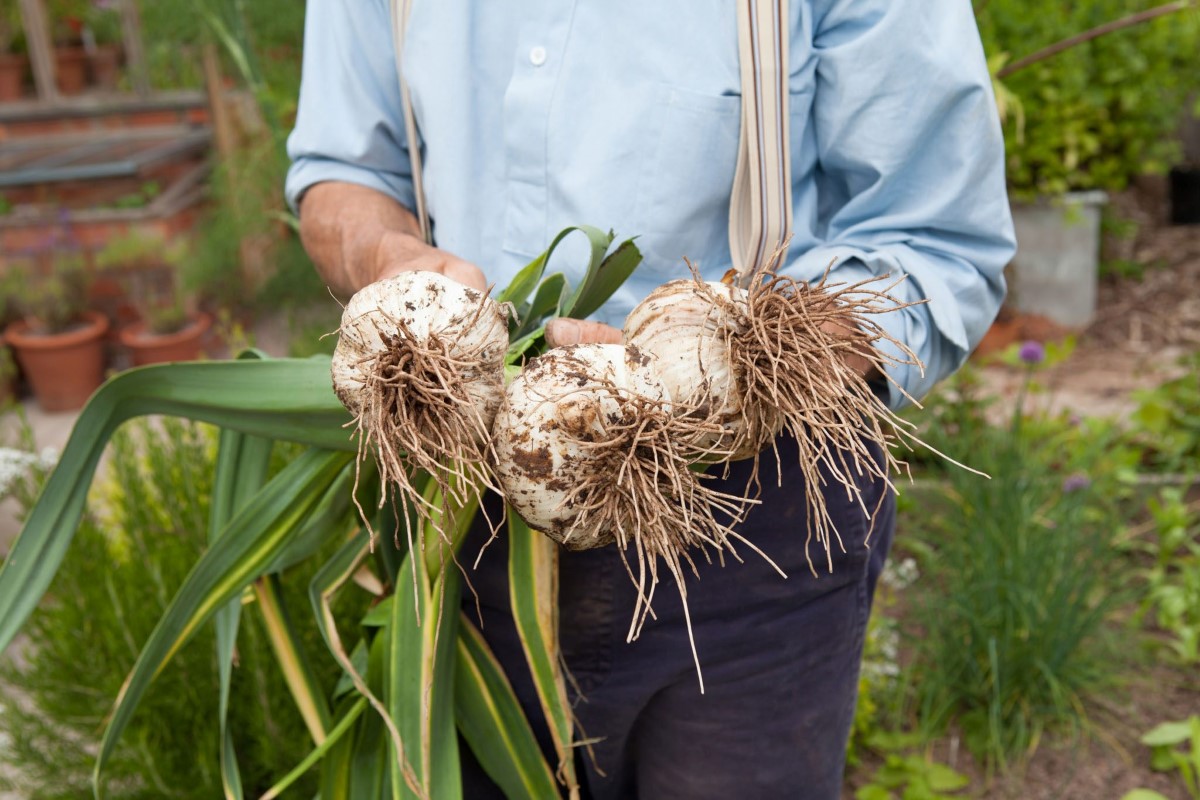

Articles
How To Store Elephant Garlic
Modified: March 19, 2024
Learn how to properly store elephant garlic with this informative article. Discover the best methods to keep your garlic fresh and flavorful for longer periods.
(Many of the links in this article redirect to a specific reviewed product. Your purchase of these products through affiliate links helps to generate commission for Storables.com, at no extra cost. Learn more)
Introduction
Welcome to the world of elephant garlic storage! If you’re a garlic lover, you may have come across this giant and flavorful variety of garlic. Whether you’ve harvested fresh elephant garlic from your garden or bought it from the market, proper storage is key to maintaining its freshness and flavor for an extended period.
In this article, we will guide you through the process of storing elephant garlic to ensure its longevity and quality. We will explore different storage methods, preparation techniques, and some helpful tips and tricks along the way. So, let’s dive in and discover how to keep your elephant garlic bulbs in optimal condition!
Key Takeaways:
- Proper storage of elephant garlic is crucial for maintaining its flavor and freshness. Choose the right method, prepare the bulbs, and monitor their condition to enjoy delicious garlic in your culinary creations year-round.
- Whether you opt for a cool, dry place, a root cellar, a ventilated container, or freezing, proper storage techniques and regular checks are essential for preserving the flavor and quality of elephant garlic. Follow these tips and tricks to extend the longevity of your garlic bulbs.
Read more: How To Store Elephant Ears
Choosing the Right Storage Method
When it comes to storing elephant garlic, choosing the right method is crucial. The ideal storage conditions will help preserve the garlic’s flavor, texture, and nutritional value. Here are a few storage options to consider:
- Dark, Cool, and Dry Place: Elephant garlic prefers a dark, cool, and dry environment. This means avoiding exposure to direct sunlight, high humidity, and moisture. A pantry or a cabinet in your kitchen can be suitable for short-term storage.
- Root Cellar: If you have access to a root cellar or a cool basement, this can be an excellent option for long-term storage. The consistent cool temperature, usually between 50-60°F (10-15°C), provides an ideal atmosphere for storing elephant garlic and extending its shelf life.
- Ventilated Containers: Another method is storing elephant garlic in well-ventilated containers. These can be mesh bags, paper bags, or even wooden crates. The airflow helps prevent moisture build-up and allows the garlic bulbs to breathe.
- Freezing: If you have more garlic than you can consume within a few months, freezing can be a viable storage option. Properly prepared and sealed elephant garlic cloves can last for up to a year in the freezer.
Consider the storage space you have available, the amount of garlic you need to store, and the duration for which you want to preserve it. These factors will help you determine the most suitable storage method for your elephant garlic.
Preparing Elephant Garlic for Storage
Before storing elephant garlic, it’s important to prepare the bulbs properly. This preparation helps ensure that the garlic remains in good condition throughout its storage period. Here are some steps to follow:
- Clean the Bulbs: Start by gently brushing off any loose dirt or debris from the elephant garlic bulbs. Avoid washing them, as excess moisture can lead to premature sprouting or decay.
- Trim the Stems: Trim the stems of the elephant garlic bulbs to about an inch (2.5 cm) above the bulb. This helps prevent the stems from rotting during storage.
- Cure the Garlic: Elephant garlic benefits from a curing period before storage. Place the bulbs in a dry, well-ventilated area with good airflow, away from direct sunlight. Leave them to cure for two to three weeks. This process helps remove excess moisture from the bulbs, enhancing their shelf life.
- Separate Bulbs: If the elephant garlic bulbs are stored in a mesh bag or container, it’s a good idea to separate them. This prevents the spread of rot or mold in case one bulb starts deteriorating.
By following these preparation steps, you can maximize the storage life and quality of your elephant garlic bulbs. Once the garlic is properly prepared, you can proceed with storing it using the method that suits your needs best.
Storing Elephant Garlic in a Cool, Dry Place
One of the simplest and most common methods of storing elephant garlic is keeping it in a cool, dry place. This method is suitable for short-term storage, typically up to 3-6 months. Here’s how you can do it:
- Select a Suitable Location: Choose a dark, cool, and dry spot in your kitchen, pantry, or basement to store the elephant garlic. Make sure this area is well-ventilated and away from direct sunlight and sources of moisture.
- Arrange the Bulbs: Place the cleaned and cured elephant garlic bulbs in a single layer on a wire rack, a slatted wooden shelf, or in a loosely woven mesh bag or basket. Avoid overcrowding the bulbs, as adequate airflow is essential to prevent moisture accumulation.
- Regularly Inspect the Bulbs: Periodically check the stored elephant garlic for any signs of mold, rot, or sprouting. Remove any affected bulbs immediately to prevent the spread of damage to other bulbs.
- Monitor the Environment: Keep an eye on the temperature and humidity levels in the storage area. Aim for a temperature between 50-60°F (10-15°C) and a humidity level of around 60-70%. Using a hygrometer can help you monitor the humidity accurately.
- Use Garlic Soonest: Remember that even when stored properly, elephant garlic will gradually lose its flavor and potency over time. It is best to use the garlic bulbs sooner rather than later for the best culinary experience.
By storing elephant garlic in a cool, dry place, you can maintain its quality and freshness for several months. This method is convenient for those who regularly use garlic in their cooking and want easy access to their supply.
Using a Root Cellar for Elephant Garlic Storage
If you have access to a root cellar or a cool basement, this can be an excellent option for long-term storage of elephant garlic. Root cellars provide a natural, cool, and consistent environment that helps preserve the garlic’s freshness and flavor. Here’s how to make the most of a root cellar for elephant garlic storage:
- Prepare the Storage Area: Ensure that your root cellar is clean, dry, and well-ventilated. Remove any sources of moisture or potential pests that could harm the stored garlic.
- Check the Temperature: Aim to maintain a temperature between 50-60°F (10-15°C) in the root cellar. Fluctuations in temperature can cause the garlic to sprout or spoil, so it’s essential to monitor and regulate the temperature as needed.
- Provide Good Air Circulation: Proper ventilation is crucial in a root cellar. If needed, consider installing fans to ensure a constant flow of fresh air. This helps prevent the buildup of excess humidity and maintains optimal storage conditions for the garlic bulbs.
- Arrange the Elephant Garlic: Place the cured and cleaned elephant garlic bulbs in loosely woven mesh bags, wooden crates, or ventilated containers. Avoid tight packaging that can trap moisture. Place the bulbs on shelves or racks, ensuring they are not in direct contact with the ground.
- Regularly Inspect and Rotate: Regularly check the stored garlic for signs of sprouting, mold, or decay. Rotate the bulbs occasionally to ensure even airflow and prevent any parts from becoming damp or damaged.
- Store Winter Vegetables Separately: If you store other winter vegetables in your root cellar, it’s best to store them separately from the garlic. Some vegetables, like potatoes and onions, release gases that can speed up the sprouting process in garlic.
By utilizing a root cellar, you can extend the storage life of elephant garlic for several months, keeping it fresh and readily available for all your culinary needs.
Store elephant garlic in a cool, dry place with good air circulation, such as a pantry or cellar. Keep the bulbs in a mesh bag or open container to prevent moisture buildup. Avoid storing in the refrigerator, as it can cause the garlic to sprout.
Storing Elephant Garlic in a Ventilated Container
If you don’t have access to a root cellar or prefer a storage method that allows for easier access and mobility, storing elephant garlic in a well-ventilated container is a great option. This method helps maintain the garlic’s freshness while allowing for proper airflow. Here’s how to do it:
- Select the Right Container: Choose a container that provides good ventilation, such as a mesh bag, a paper bag, or a wooden crate with slats. Avoid using airtight containers or plastic bags, as these can trap moisture and cause the garlic to spoil.
- Prepare the Garlic Bulbs: Clean and cure the elephant garlic bulbs as mentioned earlier. Trim the stems to about an inch (2.5 cm) above the bulb and remove any loose dirt or debris.
- Avoid Crowding: Place the elephant garlic bulbs in the ventilated container, ensuring they are not overcrowded. The bulbs should have enough space for adequate airflow, which helps prevent moisture buildup and prolongs their storage life.
- Choose a Suitable Location: Find a cool, dark, and dry spot to store the container of elephant garlic. It could be a pantry, a cabinet, or a cool basement. Keep the container away from direct sunlight and sources of heat or moisture.
- Regularly Inspect and Rotate: Check the stored garlic periodically for any signs of mold, sprouting, or decay. Rotate the bulbs within the container to ensure even airflow and prevent any areas from becoming moist or damaged.
- Monitor the Environment: Keep an eye on the temperature and humidity levels in the storage area. Aim for a temperature between 50-60°F (10-15°C) and a humidity level of around 60-70%. Adjust the environment if necessary to maintain optimal conditions for the garlic.
Storing elephant garlic in a well-ventilated container allows for easy access and mobility while ensuring the garlic stays fresh for an extended period. Just remember to monitor and maintain the storage conditions to preserve the quality of your garlic bulbs.
Freezing Elephant Garlic for Long-Term Storage
If you have an abundance of elephant garlic and want to preserve it for an extended period, freezing is a convenient and effective method. Freezing helps retain the flavor and texture of the garlic, allowing you to enjoy it even months later. Here’s how to freeze elephant garlic:
- Prepare the Garlic: Clean and peel the garlic cloves, removing any papery skin or dirt. You can leave the cloves whole or chop them according to your preference.
- Blanching (optional): Blanching the garlic cloves before freezing can help preserve their flavor and color. Bring a pot of water to a boil and blanch the cloves for 1-2 minutes. Then, transfer them to an ice bath to halt the cooking process.
- Flash Freeze: Lay the blanched or raw garlic cloves in a single layer on a baking sheet lined with parchment paper or a silicone mat. Place the baking sheet in the freezer and let the cloves freeze individually. This process is known as flash freezing and prevents the cloves from sticking together.
- Transfer to Freezer Bags or Containers: Once the garlic cloves are frozen, transfer them to freezer-safe bags or airtight containers. Label the bags or containers with the date for reference.
- Remove Excess Air: Squeeze out as much air as possible from the freezer bags before sealing them. This helps prevent freezer burn and keeps the garlic fresh.
- Store in the Freezer: Place the sealed freezer bags or containers in the coldest part of your freezer, maintaining a temperature of 0°F (-18°C) or below.
- Usage and Thawing: When you need to use frozen elephant garlic, simply remove the desired amount of cloves from the freezer bag or container. Thaw them in the refrigerator overnight or use them directly in cooking, as frozen garlic can be grated or minced even when frozen.
Frozen elephant garlic can last for up to a year in the freezer, allowing you to enjoy its flavor and aroma in your favorite dishes throughout the year. This method is especially useful if you want to have garlic readily available when fresh garlic is out of season or in limited supply.
Monitoring and Checking Stored Elephant Garlic
Proper monitoring and regular checks are essential to ensure the quality and longevity of stored elephant garlic. By keeping an eye on its condition, you can identify any signs of spoilage or deterioration early on. Here’s how to monitor and check your stored garlic:
- Inspect for Mold or Rot: Every few weeks, carefully examine each garlic bulb for any signs of mold or rot. Look for discolored or soft spots on the bulbs, as these indicate spoilage. If you notice any affected bulbs, remove them immediately to prevent contamination of other garlic bulbs.
- Check for Sprouting: Sprouting is a natural process that occurs over time. Check for any green shoots emerging from garlic cloves, especially if stored for a longer duration. While sprouted cloves are still edible, they may have a milder flavor and a different texture.
- Assess Firmness: Gently squeeze a few elephant garlic bulbs to check their firmness. Ideally, the bulbs should feel firm and solid. If any bulbs feel soft or spongy, it may indicate rot or decay.
- Notice Odor: Pay attention to any unusual or strong odors coming from the stored garlic. A strong and pungent smell could be an indication of spoilage.
- Rotate and Rearrange: Occasionally rearrange the garlic bulbs or containers to ensure even airflow and prevent parts from becoming damp or damaged. This also allows you to thoroughly inspect each bulb during the process.
- Monitor the Storage Environment: Keep track of the temperature and humidity levels in the storage area. Make adjustments if necessary to maintain optimal conditions, such as ensuring proper ventilation or relocating the garlic to a more suitable spot.
By regularly monitoring and checking the stored elephant garlic, you can catch any issues early and take the necessary steps to prevent further spoilage. This proactive approach helps maintain the quality and flavor of your elephant garlic for an extended period.
Tips and Tricks for Extended Garlic Storage
To further enhance the storage life and quality of your elephant garlic, here are some additional tips and tricks:
- Choose Fresh Garlic: When purchasing elephant garlic bulbs, select ones that are firm, plump, and free from soft spots or mold. Choosing fresh garlic bulbs from the start sets a good foundation for extended storage.
- Avoid Washing: Before storing garlic, avoid washing the bulbs, as excess moisture can lead to premature sprouting and decay. If the bulbs are dirty, gently brush off any loose dirt or debris instead.
- Cut Off Green Shoots: If you notice green shoots emerging from your stored garlic, trim them off before using the cloves. The shoots can have a bitter taste and may affect the flavor of the garlic.
- Keep Garlic Whole: Whenever possible, store the elephant garlic bulbs as a whole rather than separating the cloves. Keeping the cloves intact helps preserve their freshness and slows down the spoilage process.
- Avoid Garlic with Damage: Before storing, discard any garlic bulbs with visible damage, mold, soft spots, or signs of pests. These bulbs can quickly spoil and affect the quality of the surrounding garlic.
- Separate Storing Flavors: If you plan to store other foods with strong odors near the garlic, ensure they are stored separately. Garlic easily absorbs flavors, so keeping it away from pungent foods can help maintain its original taste and aroma.
- Use Smaller Garlic First: If you have different sizes of elephant garlic bulbs, use the smaller ones first. Smaller bulbs tend to have shorter storage life compared to larger ones.
- Consider Garlic Braiding: For an aesthetically pleasing storage display, you can braid the garlic stems together using twine or string. This method also helps maximize airflow and keeps the bulbs organized.
- Store Garlic Scapes Separately: If you have Elephant garlic scapes (the curly flowering stems), store them separately from the bulbs. Scapes have a shorter shelf life and may affect the longevity of the bulbs if stored together.
By following these tips and tricks, you can extend the storage life of your elephant garlic while preserving its flavor and freshness. Experiment with different methods and find what works best for your garlic storage needs.
Read more: How To Store Garlic
Conclusion
Storing elephant garlic properly is essential to preserve its flavor, texture, and nutritional value for an extended period. Whether you choose to store it in a cool, dry place, utilize a root cellar, opt for a ventilated container, or freeze it, following the right techniques will help maintain the quality of your elephant garlic.
By choosing the right storage method and preparing the garlic bulbs adequately, you can ensure an optimal storage environment. Regular monitoring and inspection of the stored garlic will allow you to catch any signs of spoilage or sprouting early on and take necessary actions. Additionally, implementing some tips and tricks, such as choosing fresh garlic, avoiding washing, and keeping garlic separate from other strong-smelling foods, can further enhance the longevity of the garlic bulbs.
Whether you grow your own elephant garlic or purchase it, knowing how to store it properly will allow you to enjoy its delicious flavor in your culinary creations throughout the year. So, take these storage methods, tips, and tricks into consideration and embark on a garlic storage journey that will keep your elephant garlic fresh, flavorful, and at your fingertips for months to come.
Frequently Asked Questions about How To Store Elephant Garlic
Was this page helpful?
At Storables.com, we guarantee accurate and reliable information. Our content, validated by Expert Board Contributors, is crafted following stringent Editorial Policies. We're committed to providing you with well-researched, expert-backed insights for all your informational needs.
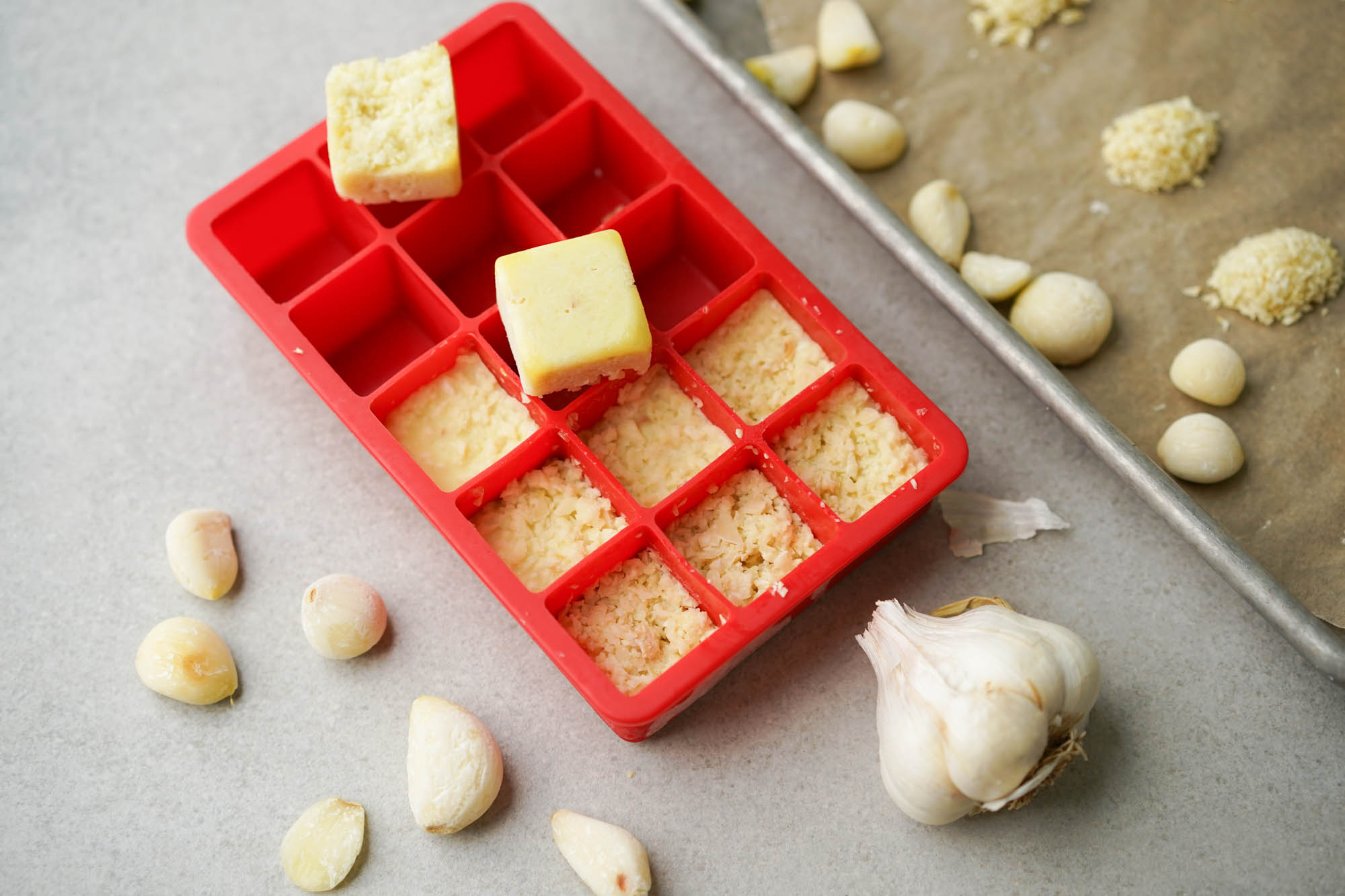
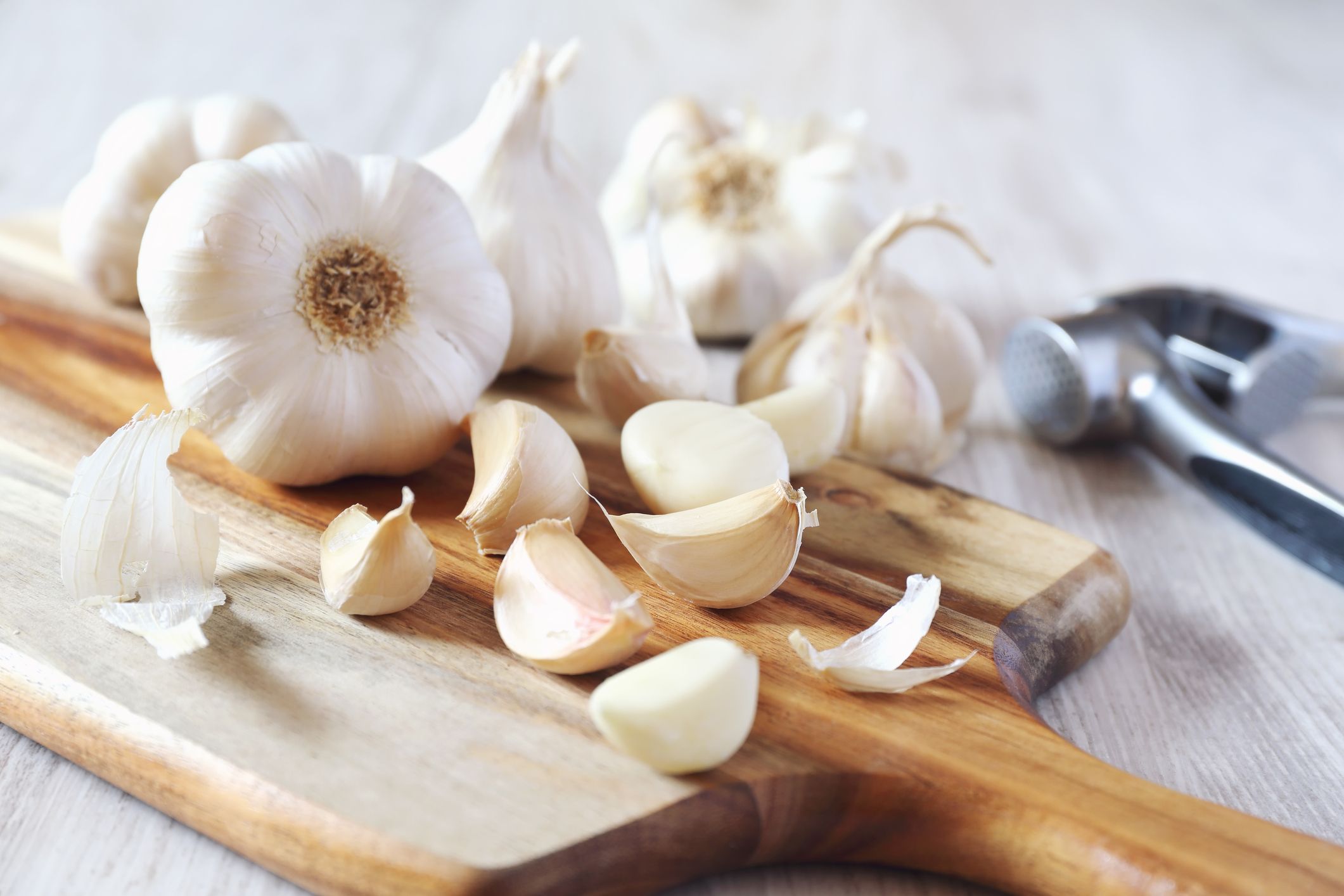
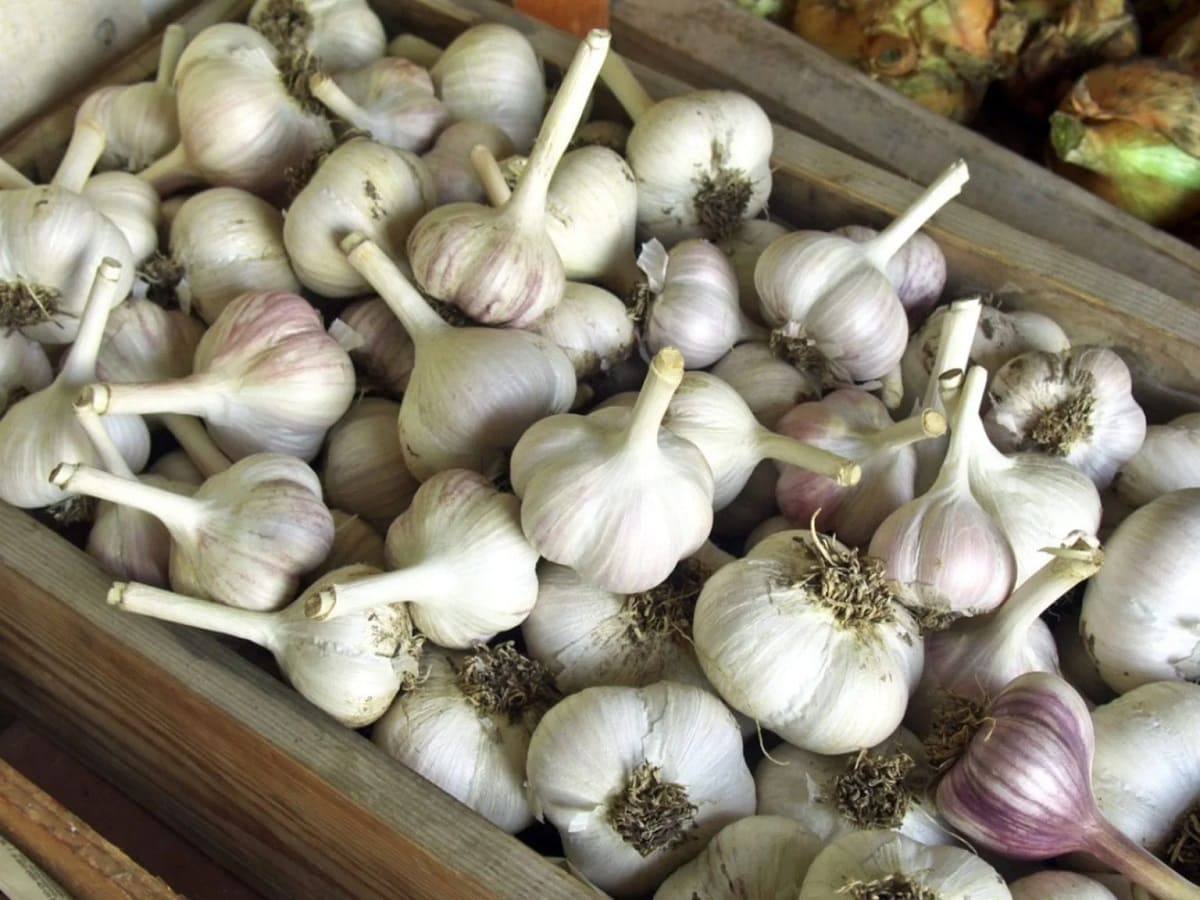
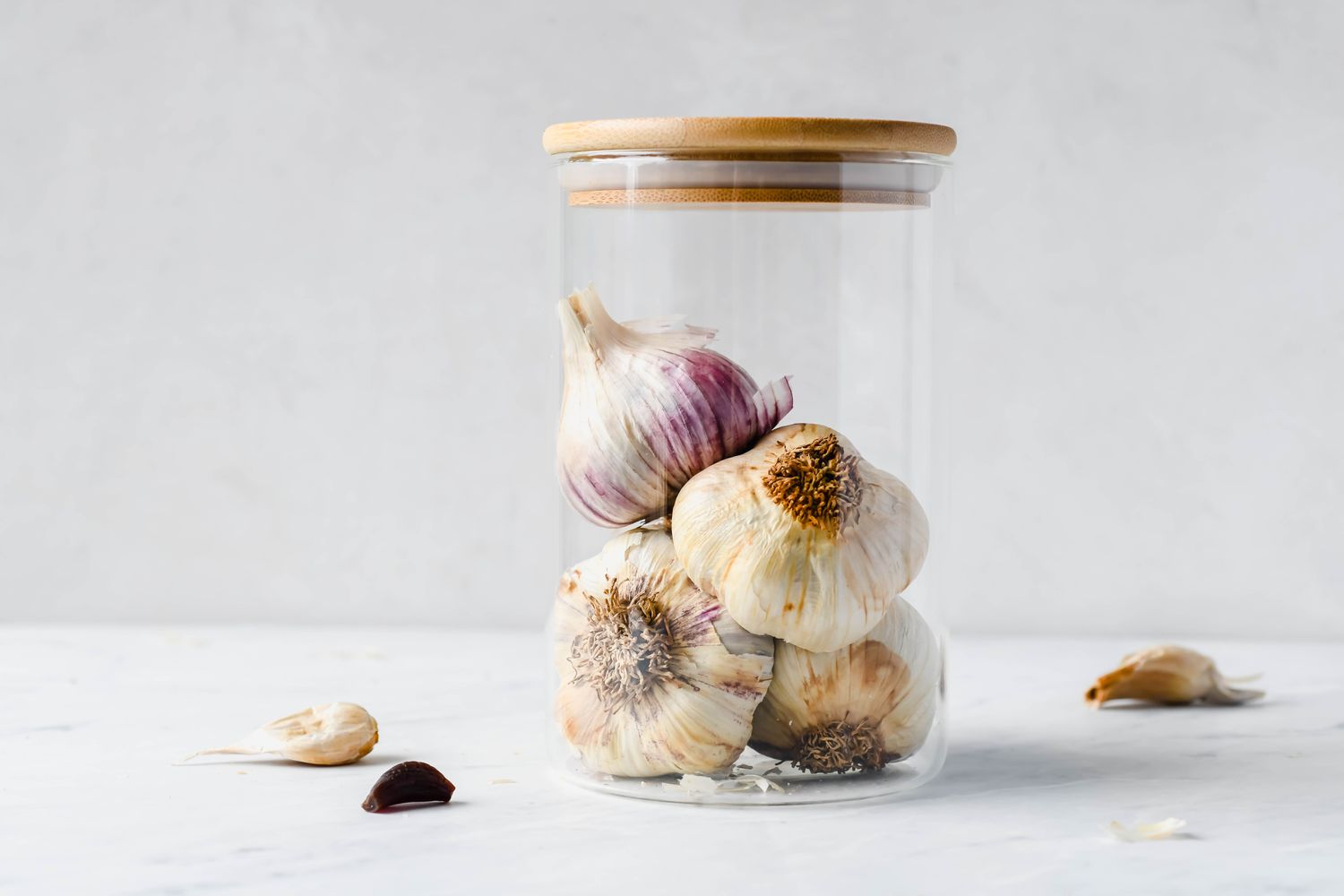
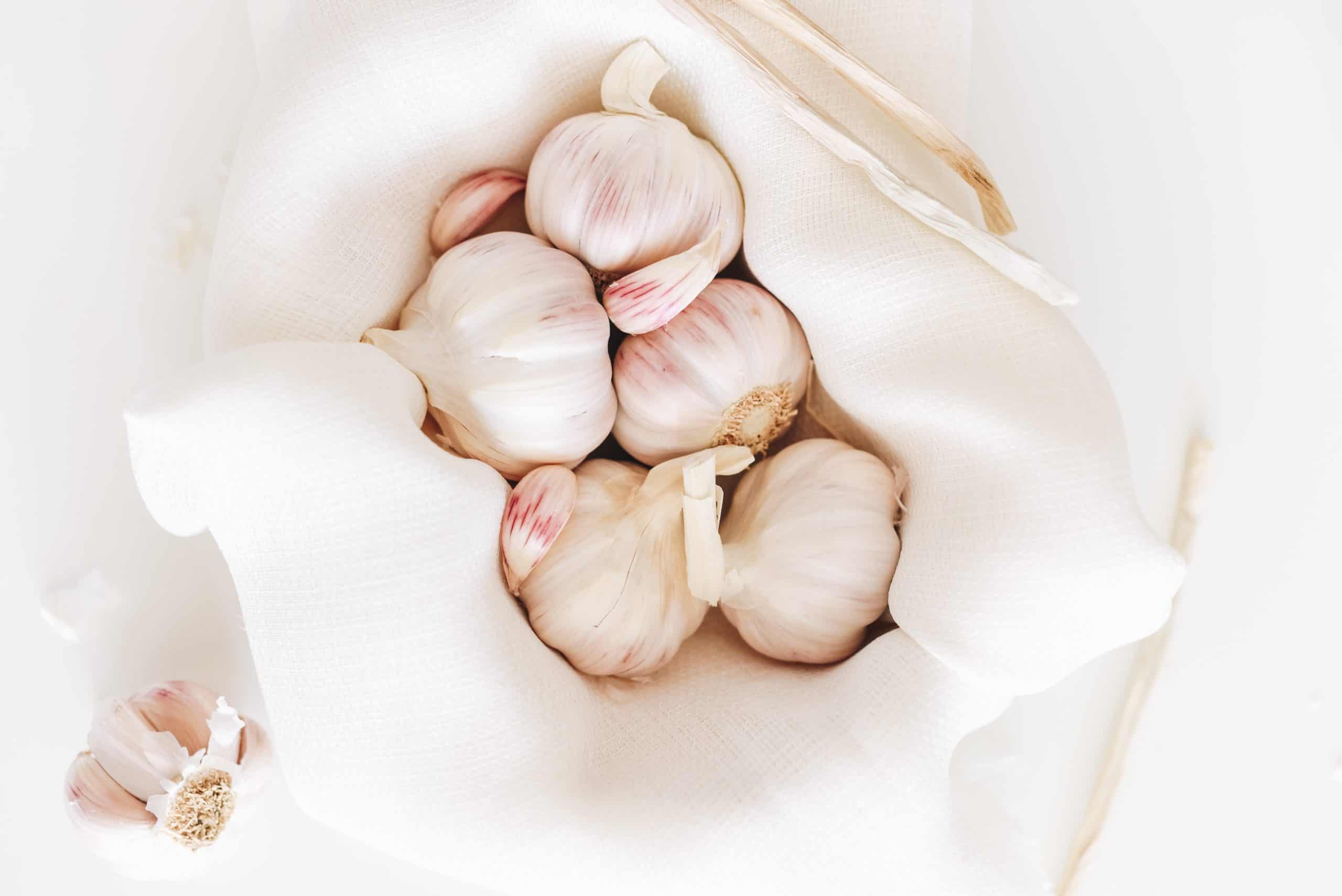
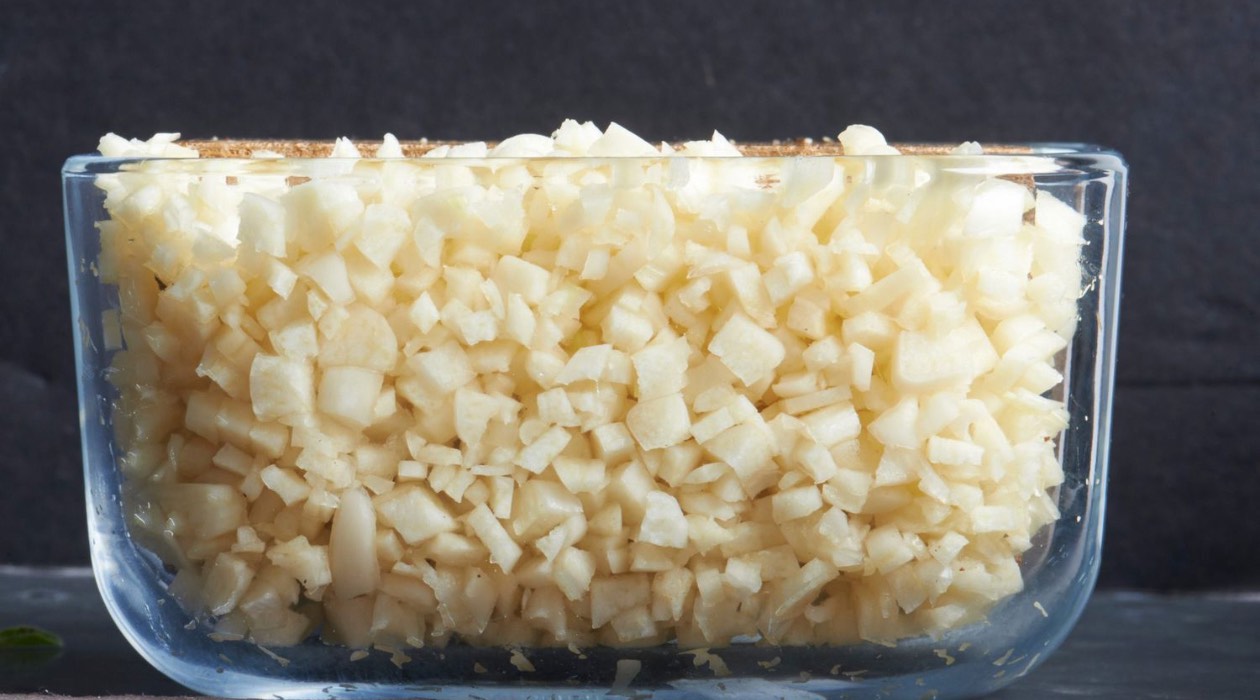
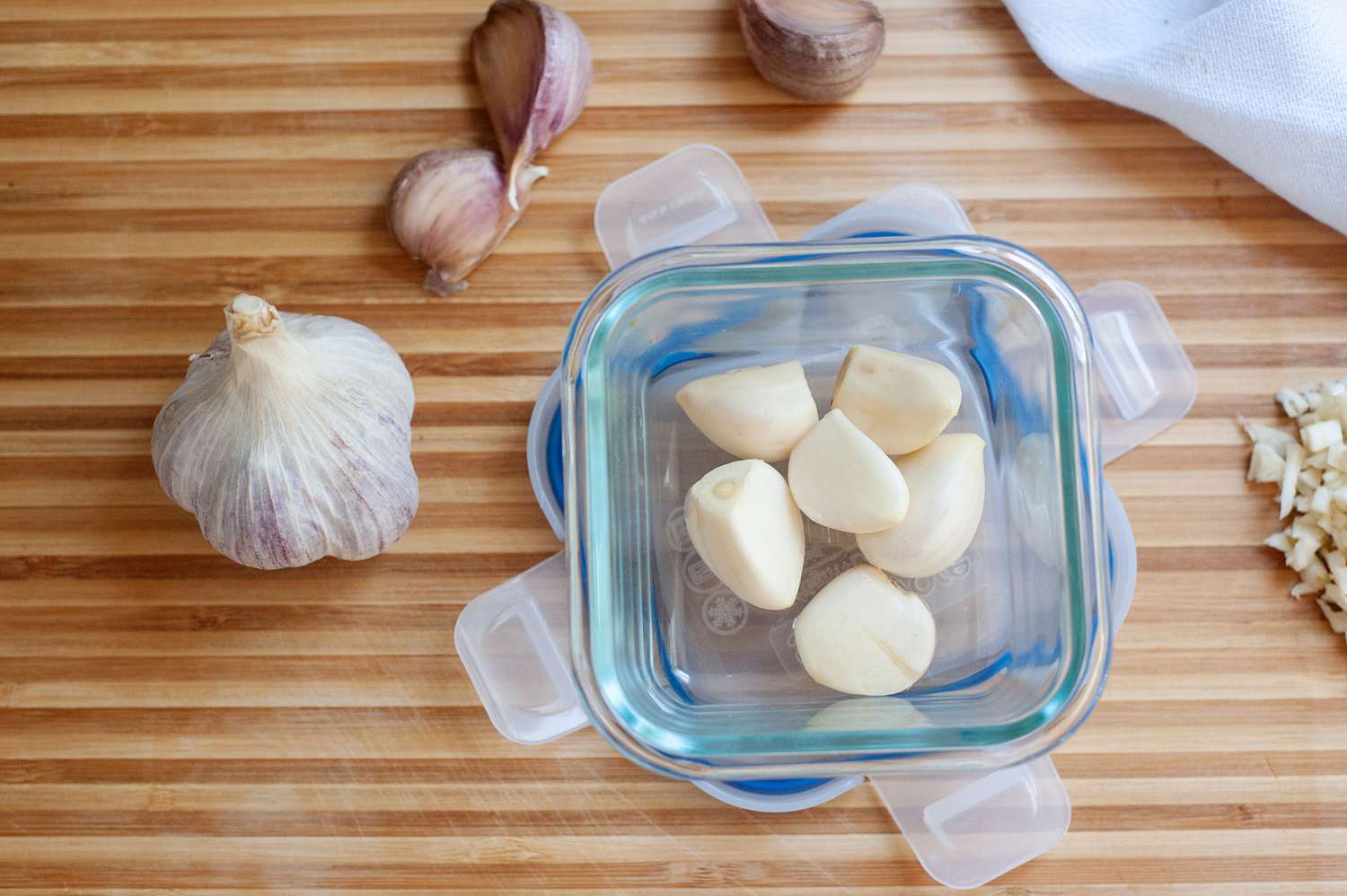
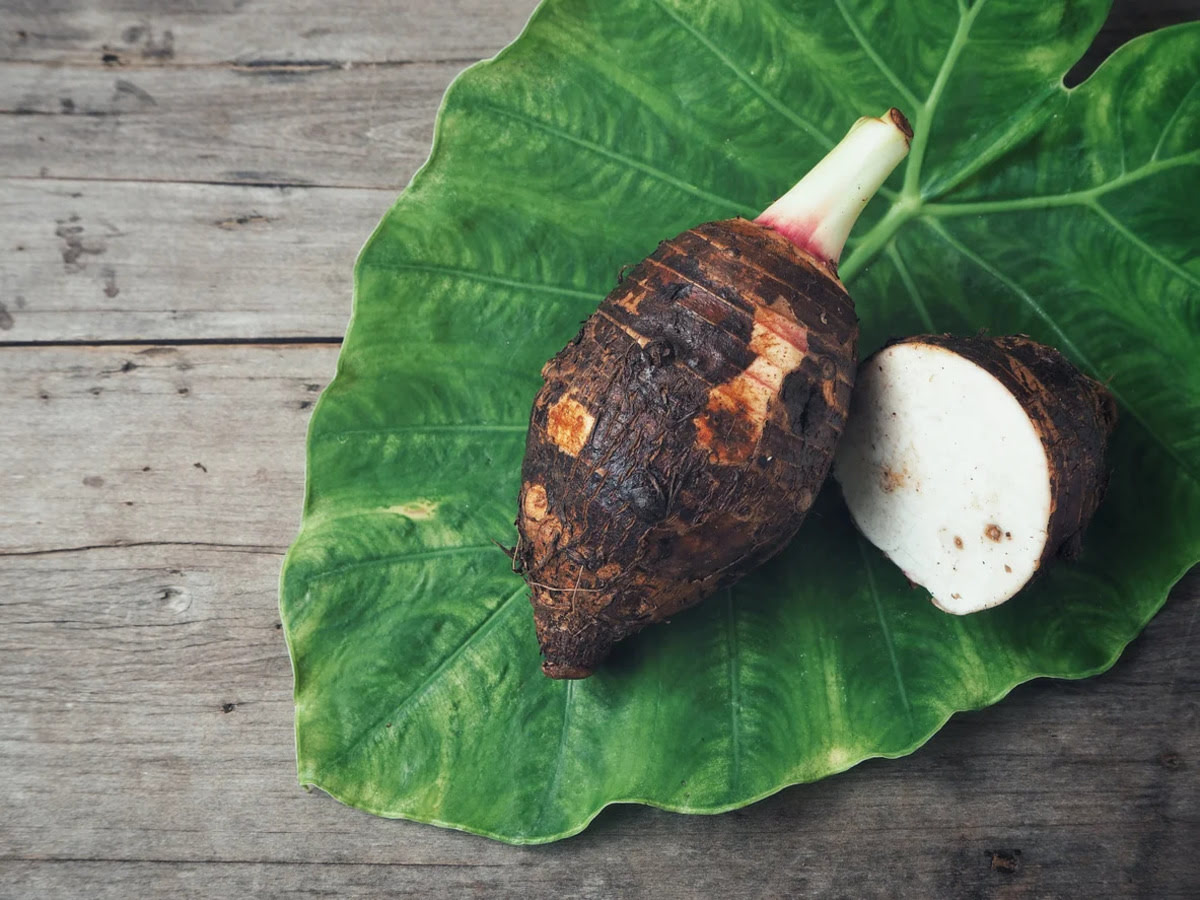
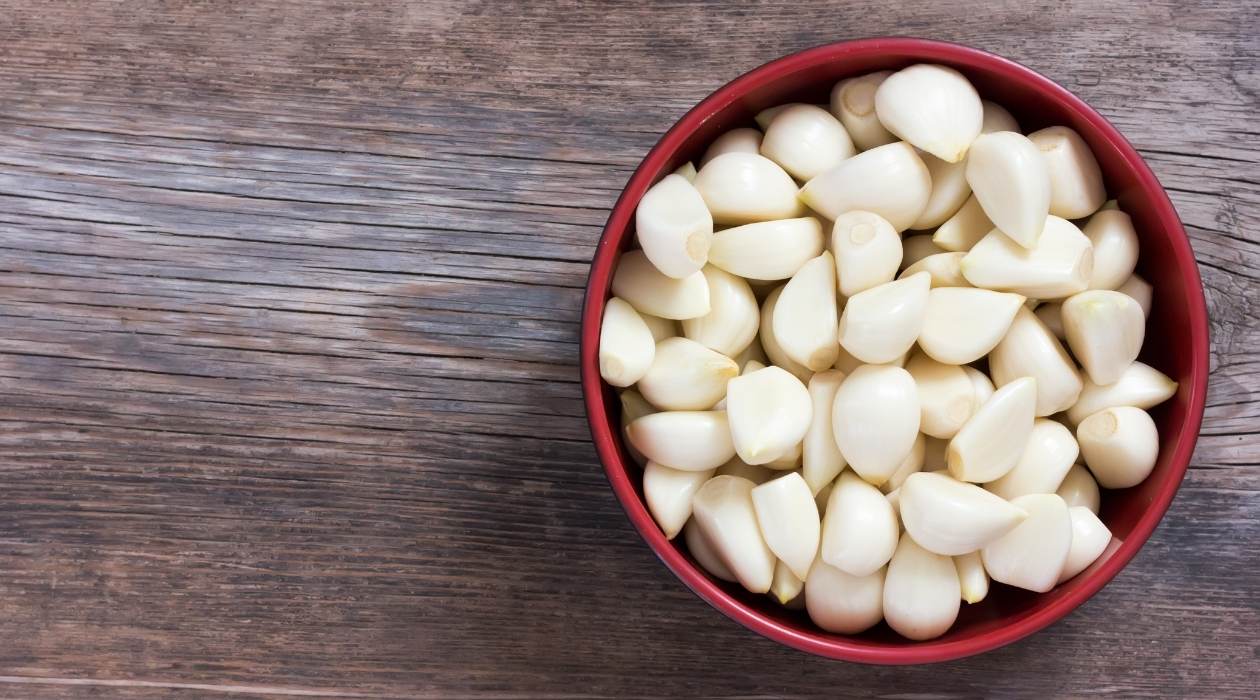
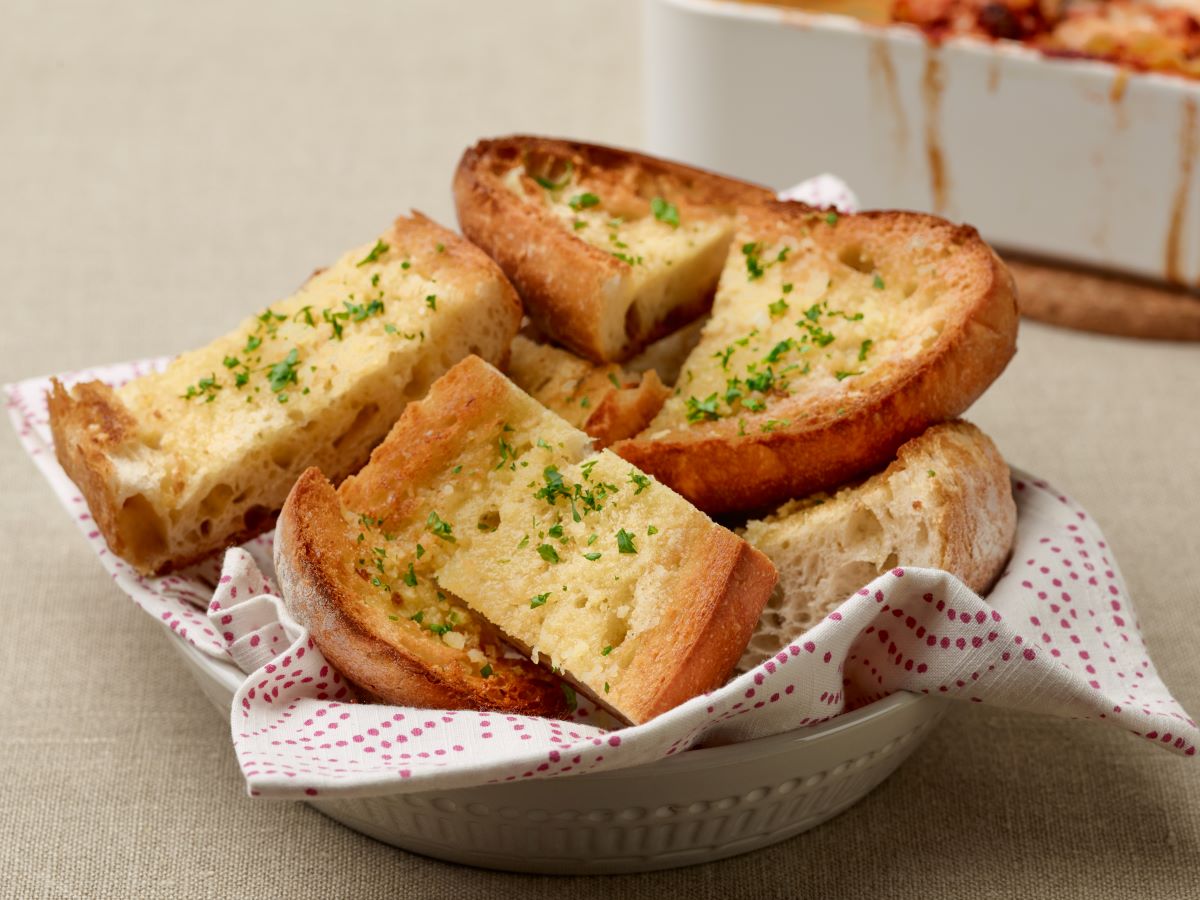
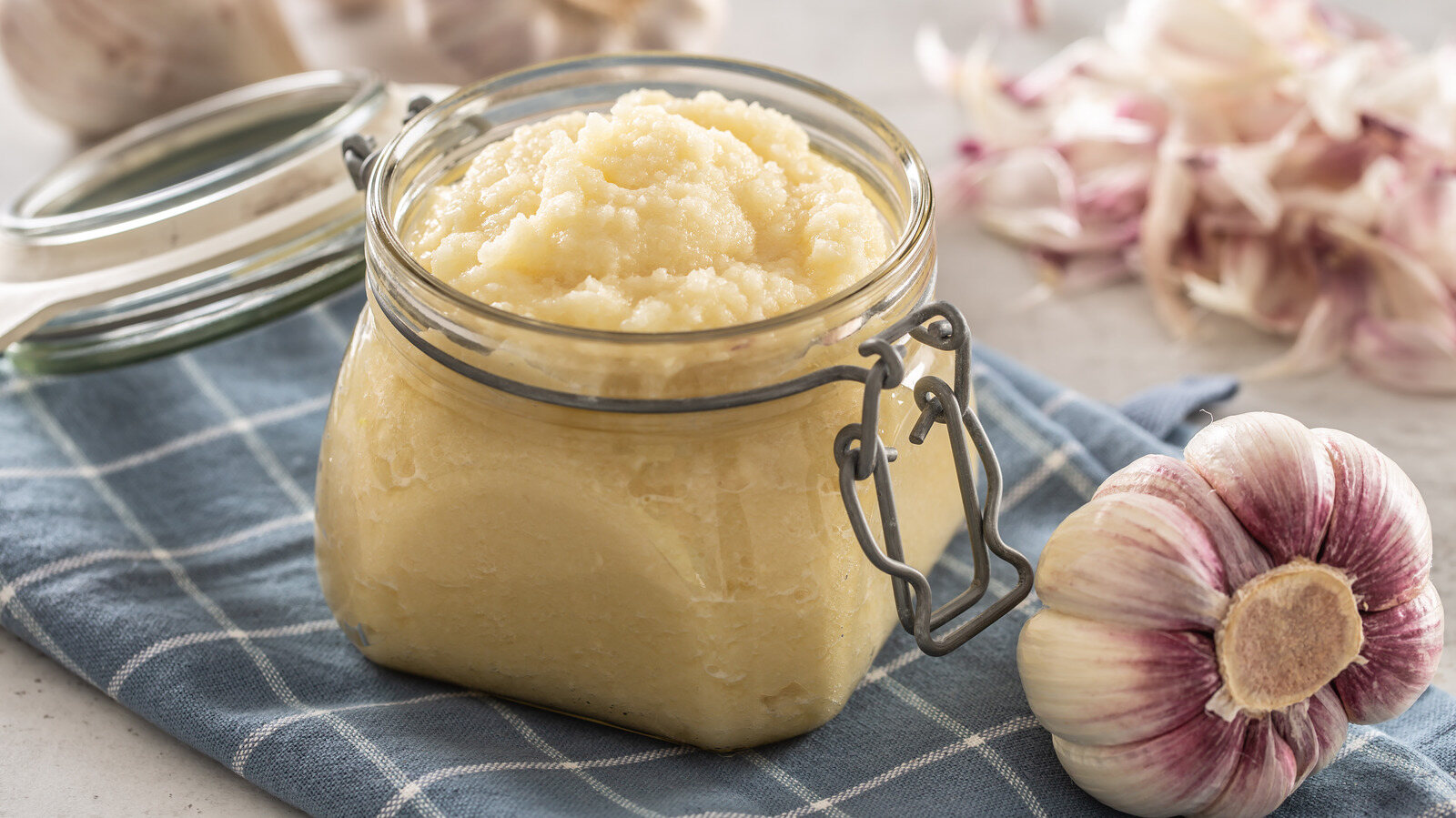
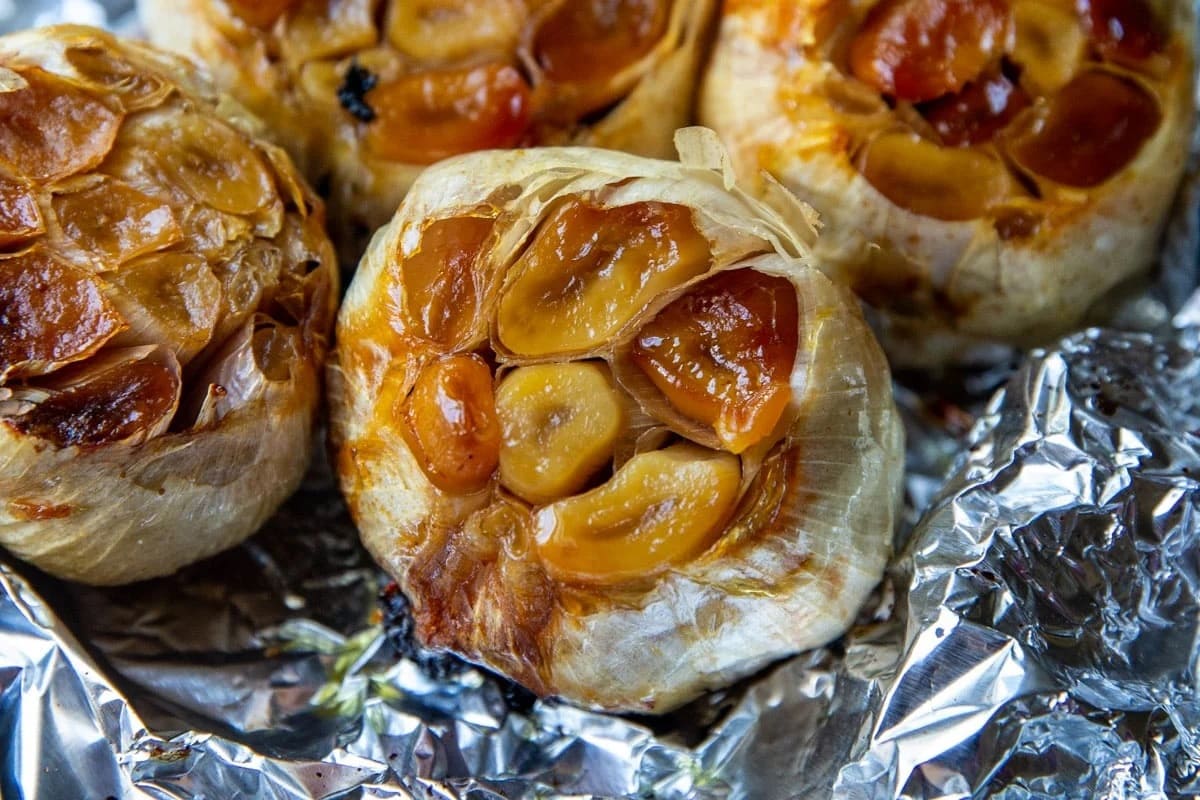
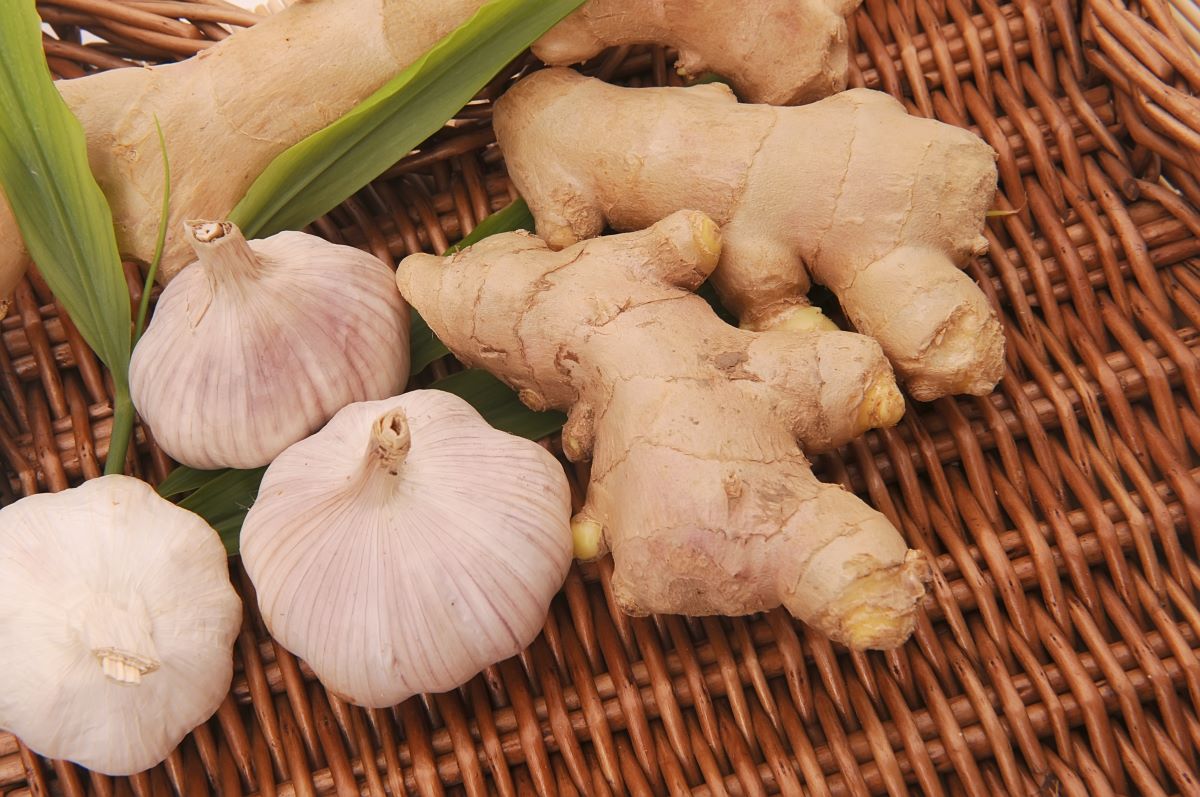

0 thoughts on “How To Store Elephant Garlic”